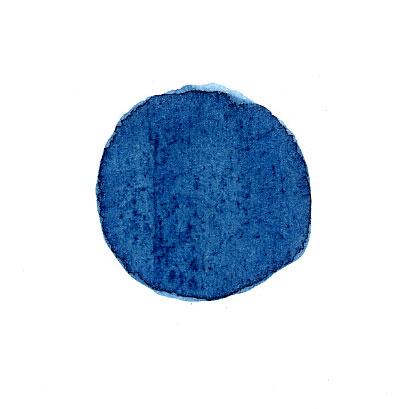We like indigo. That’s obvious, right?

Or, rather, everything from the planting to the happily-anticipated harvest of the Indigofera plant. Damn it, it’s our favorite color. Indigo is nearly worshipped worldwide and with good reason. Indigo has been a staple in clothing for the better part of a few centuries, and, in some cases, beyond that.
In the Edo period sailors and travelers began to develop an affinity for indigo. There was something alluring about the plant. About the color. And with good reason. For centuries prior this shade of blue — almost purple — had been known to be one of royalty. Before Indigofera, the only singular way to achieve this dye in textiles, or anywhere for that matter, was the meticulous crushing of seashells. It, historically, had been reserved for royalty.

Over time it is realized this fantastic color we all love is available in this Indigofera plant, or, Indigofera tinctoria, literally meaning true indigo. This is the shade of indigo that for centuries had made itself so perviously hard to attain. The funny thing about indigo, however, is that it isn’t that great of a dye. In fact, it is a pretty terribly ineffective dyestuff. A truly great dye should last the color it was intended to be. A blue pair of pants should forever remain a blue pair of pants, if it was intended to be a pair of blue pants all its life. Regardless of how often you wash them. (Even if you wash your favorite Japanese selvedge denim when they’re dirty, they’ll still fade beautifully, if you’re worried about that, so when they’re dirty…clean them. Dirty things need to be washed!).
At the same time, this is the beauty of indigo. People throw around the term wabi-sabi, for whatever reason, but it’s origination is beautiful, as is the plant:

Organic beauty occupies a position as temporary as life itself. This is to be embraced. Where your jeans fade, they fade genuinely. Wallet marks, honeycombs, whiskers — everything. This is all part of why they love you, too. Same as it ever was: with Buddhist monks, watching the arrangement of flowers decay, pottery, the various interpretations of pottery, the consumption of tea of the life of a garden. Something from the earth goes to where it once came and retains that level of beauty.
Wearing indigo makes you an artist. Just ask indigo enthusiast Ruedi Karrer:
https://instagram.com/swissjeansfreak/?hl=en
If a dyestuff exists so impermanently that can also unite us all so well, there’s something truly beautiful in that. I’m certainly not taking my jeans off yet today. It is dinner, and they’re staying on until bed. The life you live in them puts life within them.
…Stay tuned for Part II, where we explore natural indigo, sulphur and other methods of dying the fabrics we know and adore!

